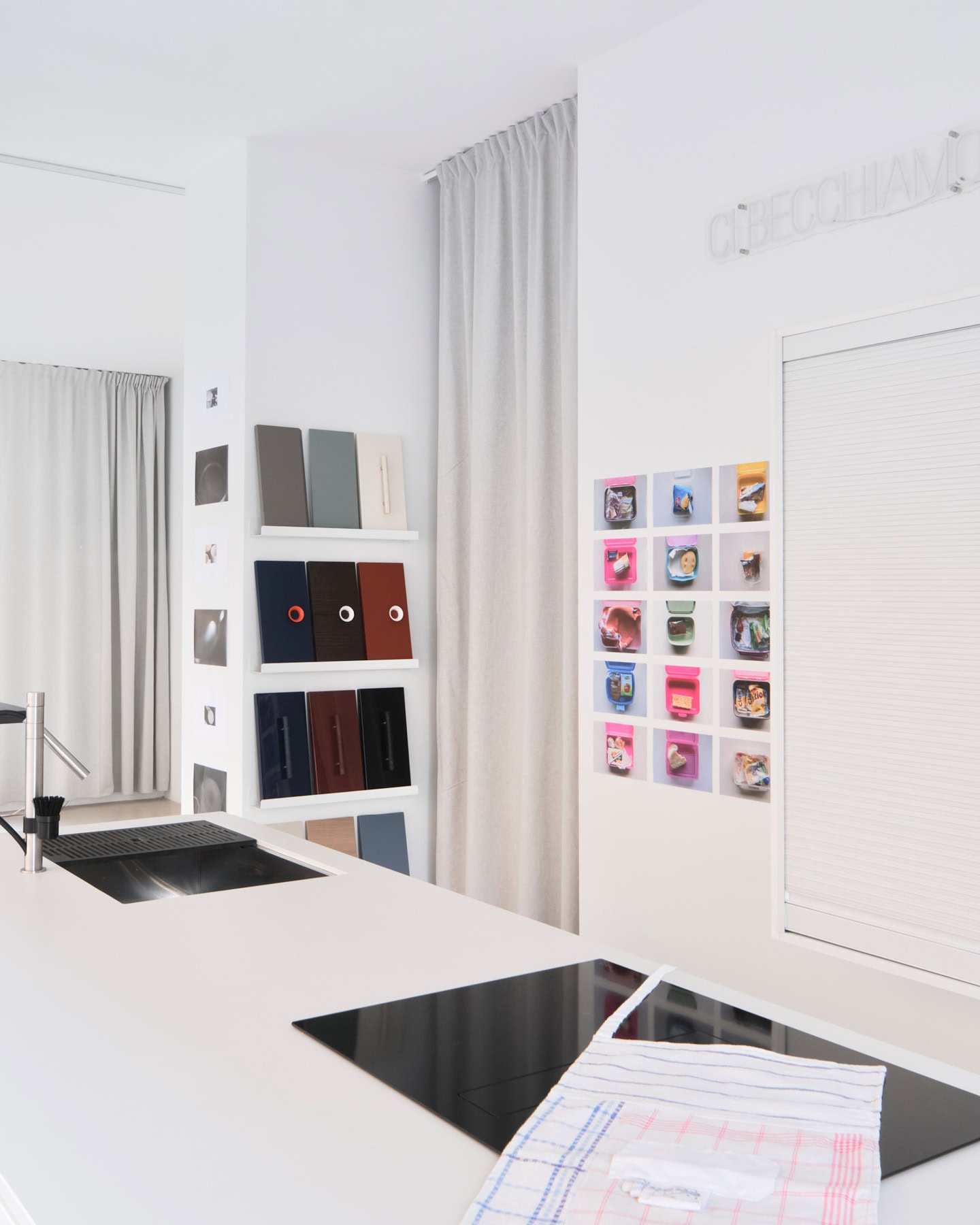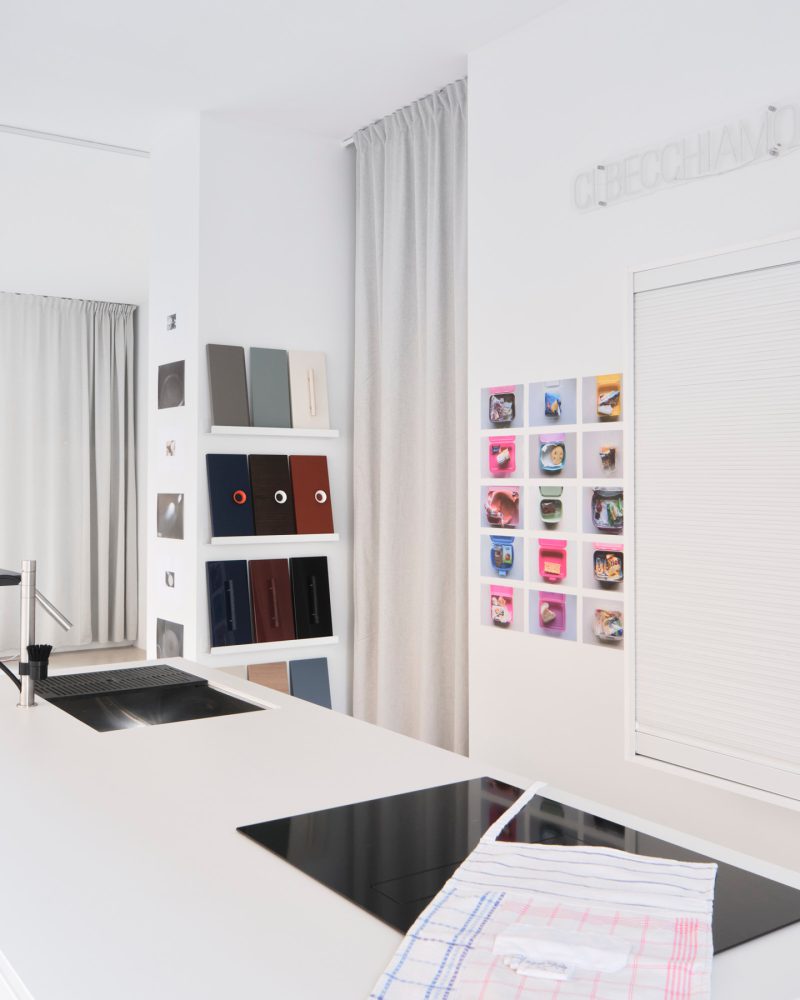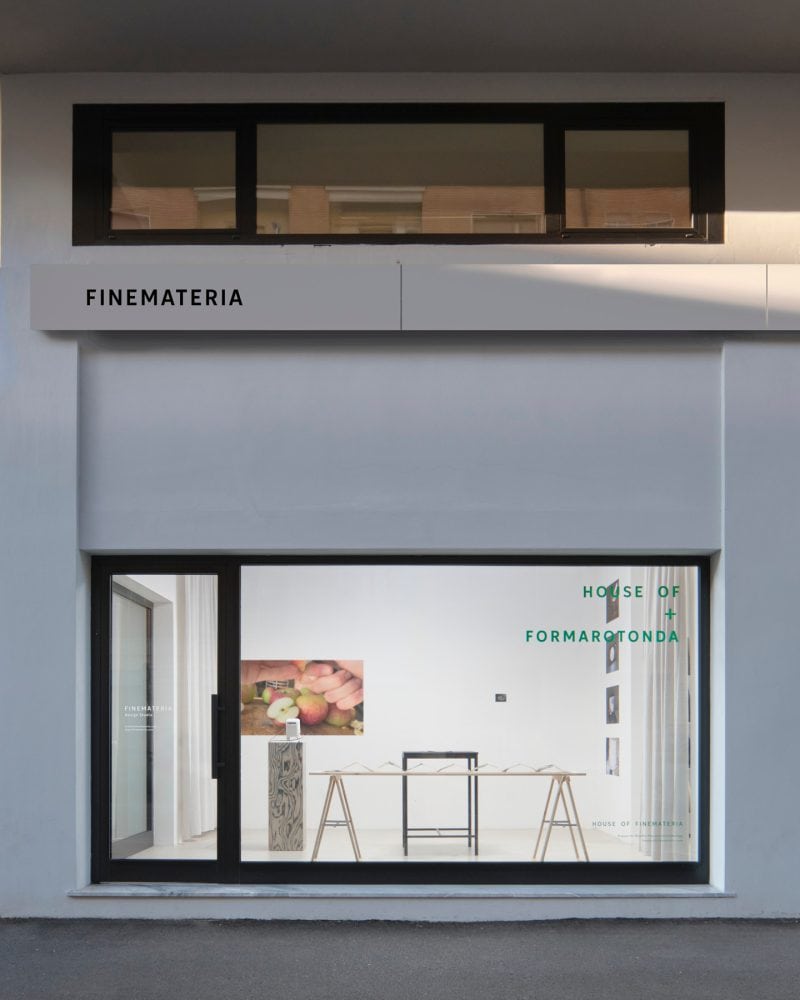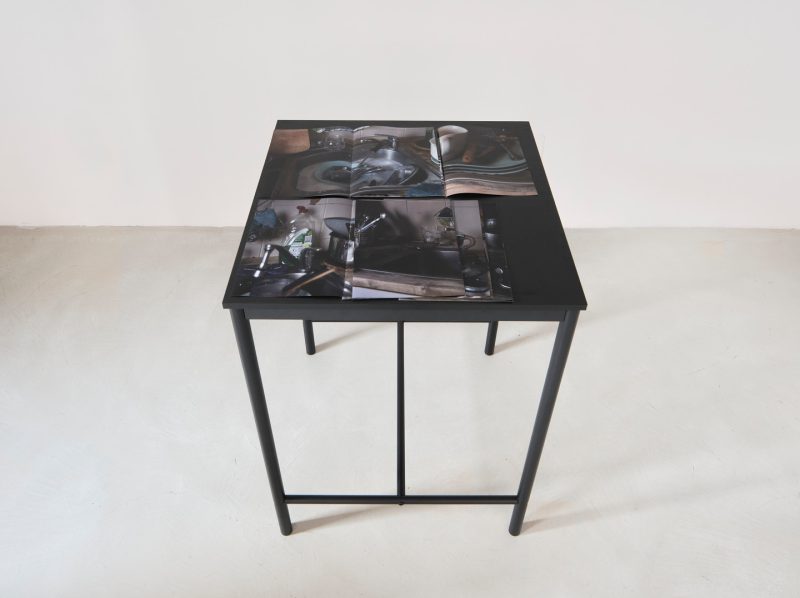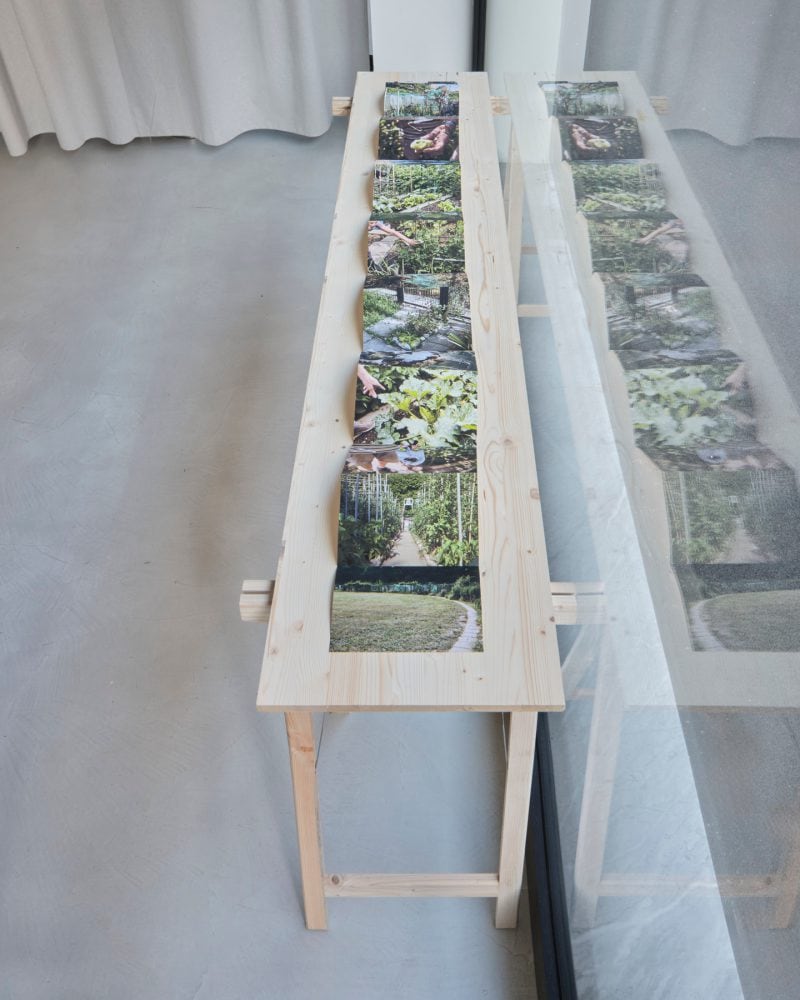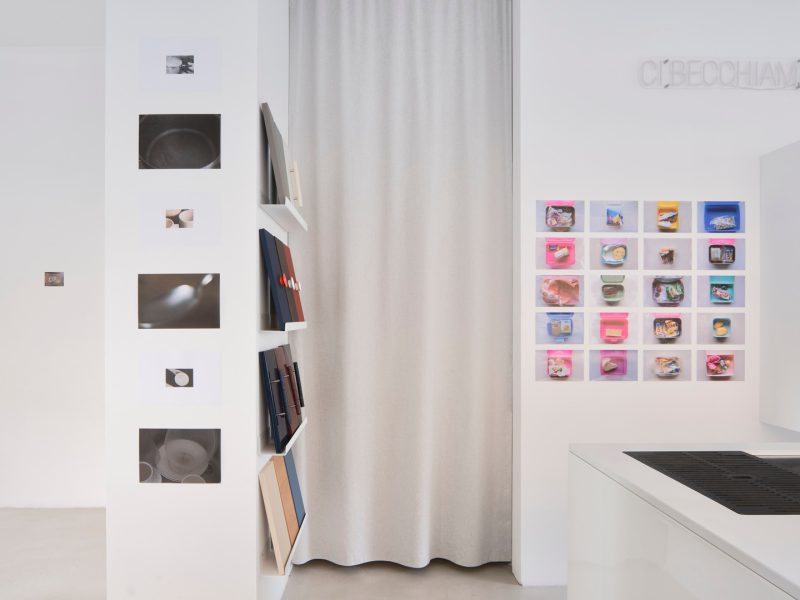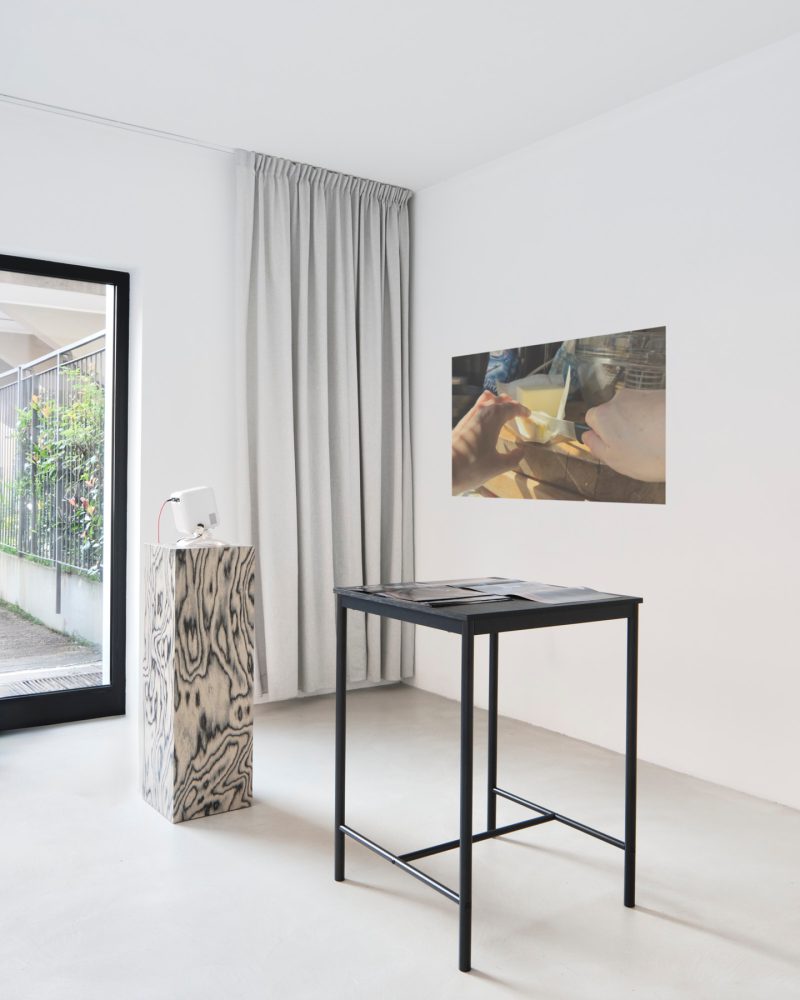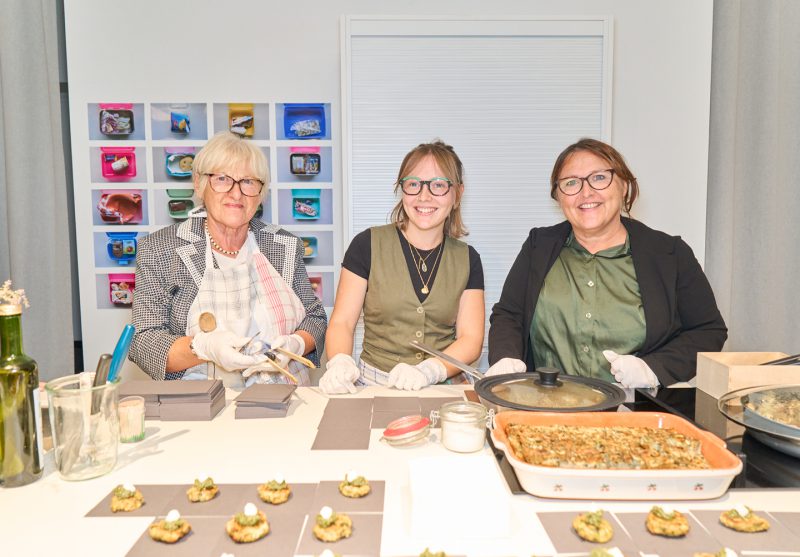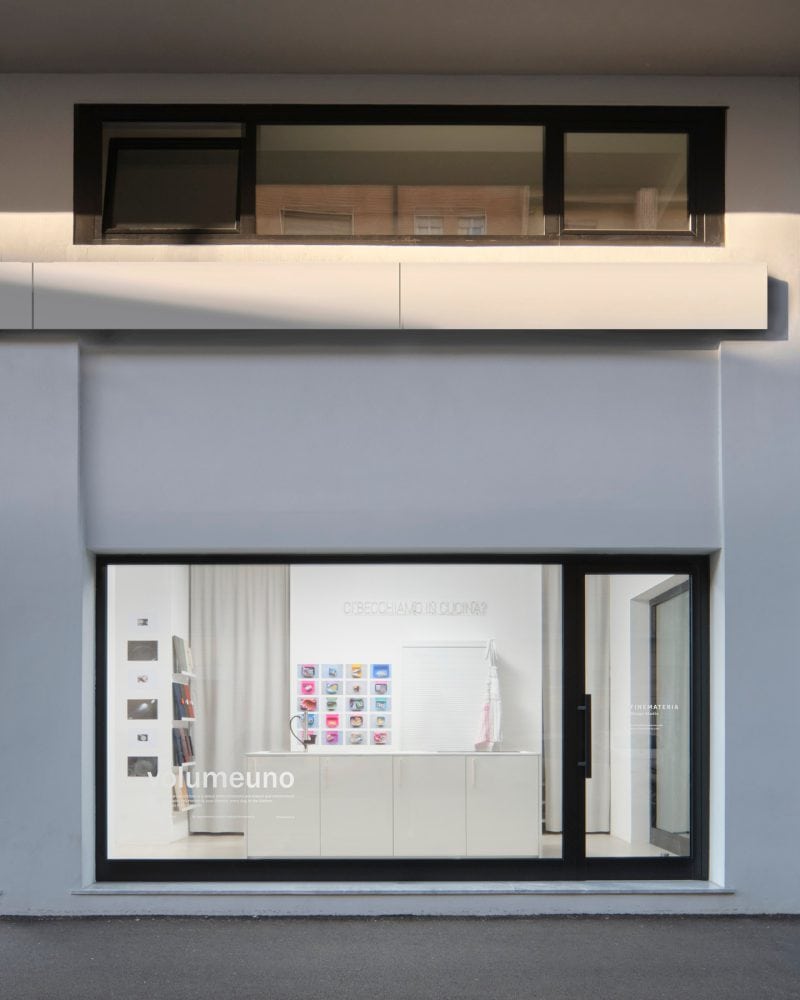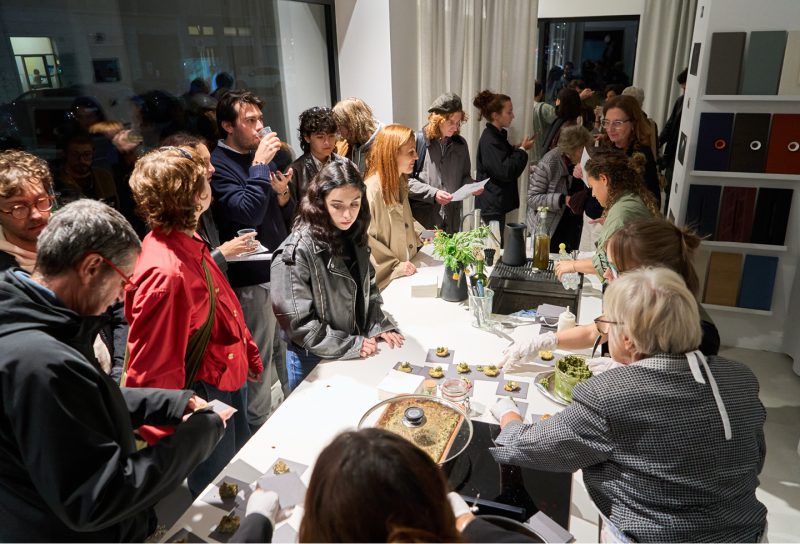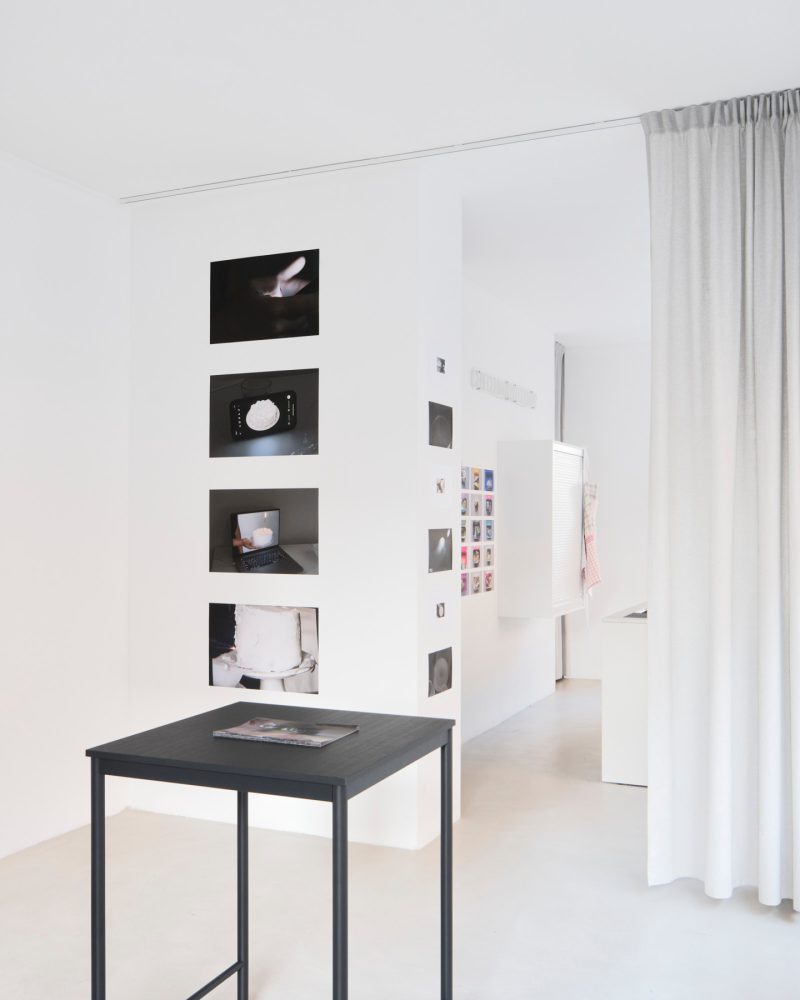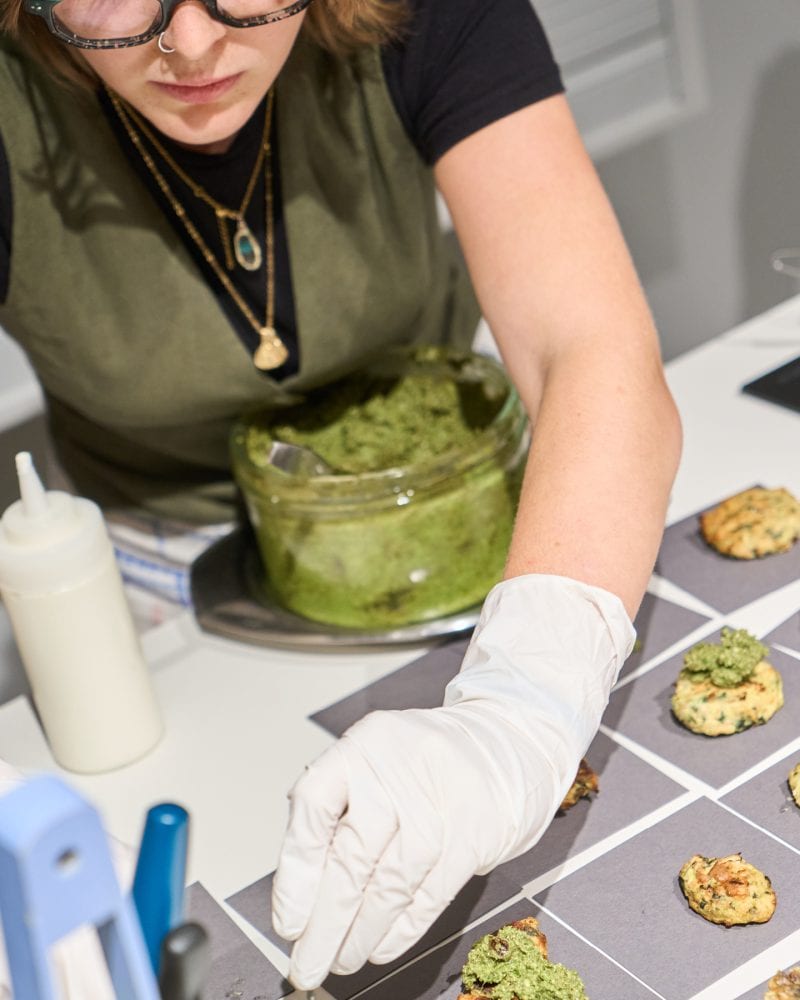Food is the first code we learn to decode. It is not merely nourishment, but rather an original alphabet: acquisition, preparation, consumption. Three basic verbs that encompass not only a life cycle, but also a shared rhythm, a relational grammar that shapes communities and memories.
It is from this matrix that formotonda draws its language: food as a key to images and relationships, not an object but a prism capable of refracting meanings, of pushing the gaze beyond the surface of everyday life. Gathering, cooking and sharing thus become verbs that transform into images, minimal acts that, through visual translation, are elevated to symbols. Photography and video take on the role of mediators, removing food from its material function and transfiguring it into a sign, an allegory. In the gap between gesture and image, space opens up for representation: not a simple domestic interior, but a place of tensions and revelations, where intimacy and power, memory and transformation intertwine in a single plot.
For Francesco Guttilla, the vegetable garden is the first chapter in this geography of food: a place that resists and renews itself, a family ritual rooted in memory and returning as a daily practice. It is the gesture of the father cutting with a knife and the child picking with his hands, the stone wall on which the freshly picked fruit is tasted, the return to the land after years of absence. The vegetable garden is the genealogy of handed-down gestures, minimal knowledge, but also a form of social resistance: in urban gardens, in communal gardens, in crops grown during lockdown, it becomes a community glue, a practice of mutual support and care.
If the vegetable garden is the root, the container is its extension: the tool that preserves and makes continuity possible. Marta Valdegrani takes up Ursula K. Le Guin’s Carrier Bag Theory of Fiction, overturning the myth of the hero. It is not the weapon that is the means of the story, but the one who collects it: not the gesture of strength, but that of care. It is here that the story jumps off course, restoring value to the submerged genealogies of the women who gathered, preserved and handed down. In inherited cookbooks, Marta finds domestic archives, silent witnesses to a female transmission that has remained outside the dominant narrative. Photography, in this context, becomes an act of rewriting: a tool that not only records but also redraws the hierarchies of memory.
From the collection and the container, the gaze slides towards what remains: the everyday dimension that speaks of every attempt at harmony. Michele Cinieri’s kitchen is a domestic fragment in which every object seems to be in transit: abandoned crockery, ingredients in limbo, a time suspended yet passed. It is not waste that emerges, but excess: the unavoidable quantity of matter that remains and comes out, moves, accumulates. It is the poetry of continuous transformation, where nothing stays in its place and everything bears the mark of its contingency. Photography neither defines nor judges, but observes: it records the singularity not of displaced objects, but of disorder, the trace of a larger system made up of consumption that flows relentlessly. In this precarious space, accumulation becomes a testimony to fragility, a memory of passages that no one can fully control.
In contrast to excess, Lisa Grace Lombardi leads us into subtraction. In Every Day, three times the food disappears from the frame, leaving only gestures on the scene: hands cutting, mixing, moving. Three times a day, like a rhythm that marks life without ever turning into a spectacle. The kitchen is no longer the theatre of performance, but the intimate space of daily activity that returns to gesture and sign, to awareness that normally escapes, to remain suspended in time and emerge in consumption.
Here, photography and video become allies of everyday life, restoring dignity to the invisible.
While intimacy preserves, Chiara Pontiglione opens the door to the social sphere. For her, the kitchen is a transformative space that does not close itself off within the home but extends outside: snack time as a moment of transition, as an extension of the home into public space. This is not an innocent gesture: each portion offered renegotiates belonging, privilege and power. The kitchen thus becomes a cultural device, a field of gender narratives and social relations. It is here that the private becomes political: in the simplicity of a shared loaf of bread, invisible geographies of inclusion and exclusion are drawn.
Finally, the journey arrives at the deceptive surface of Giulia Pirri’s cakes. Desserts that do not nourish, made of polystyrene and stucco, ready to be photographed but not eaten. They are the simulacrum of the seduction of the image, in which food no longer serves to satisfy the body but to satisfy the eye. Here, photography records the loss of substance and the tension between representation: no longer a copy of reality, but a replacement of reality itself with its representation. Where Francesco’s vegetable garden offered continuity and community, Giulia’s fake cake reveals the fracture: food that no longer nourishes, but survives as an image.
At the centre of these tensions emerges the figure of Nonna Claudia. She is not an allegory, but a living body: her practice translates into reality what remains metaphorical in the works — memory, community, resistance. Gathering wild herbs, cooking them and offering them is never a neutral gesture, but a political act that overturns the dominant logic: food, returning to the earth and to sharing, reveals its collective power.
The evening culminates with her and her action: bringing the herbs gathered in the Piedmont valleys to the table, transforming them into dishes and drinks to be shared. Her simple and radical gesture intertwines environment, care, memory and community. It is here that food reveals all its political and emotional density: not a simulacrum, but a living experience, capable of bringing together those who sit at the same table.
